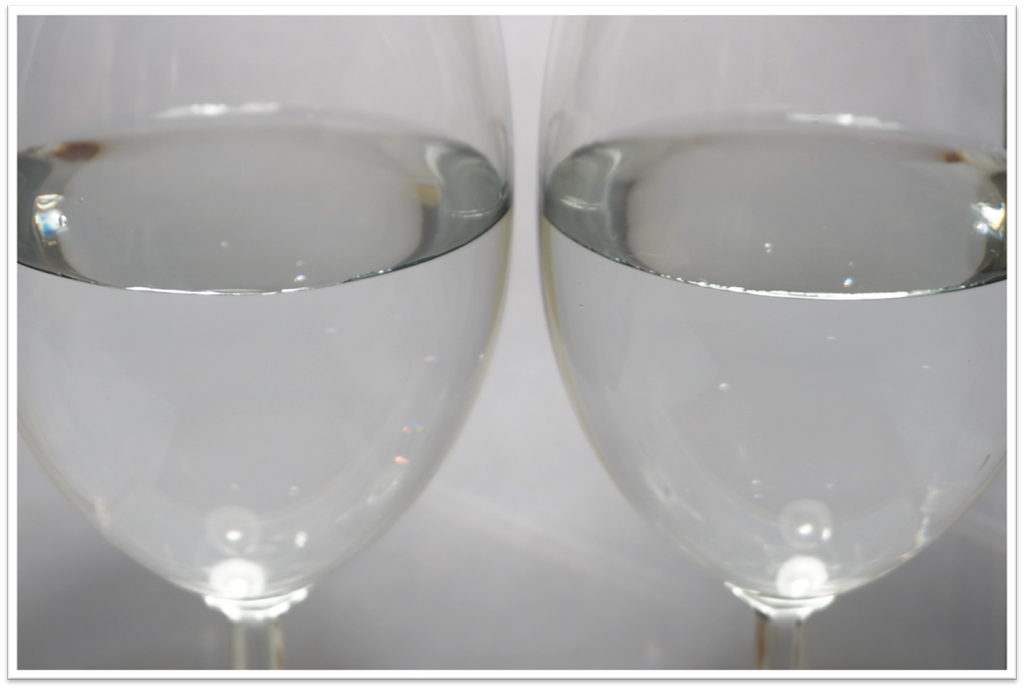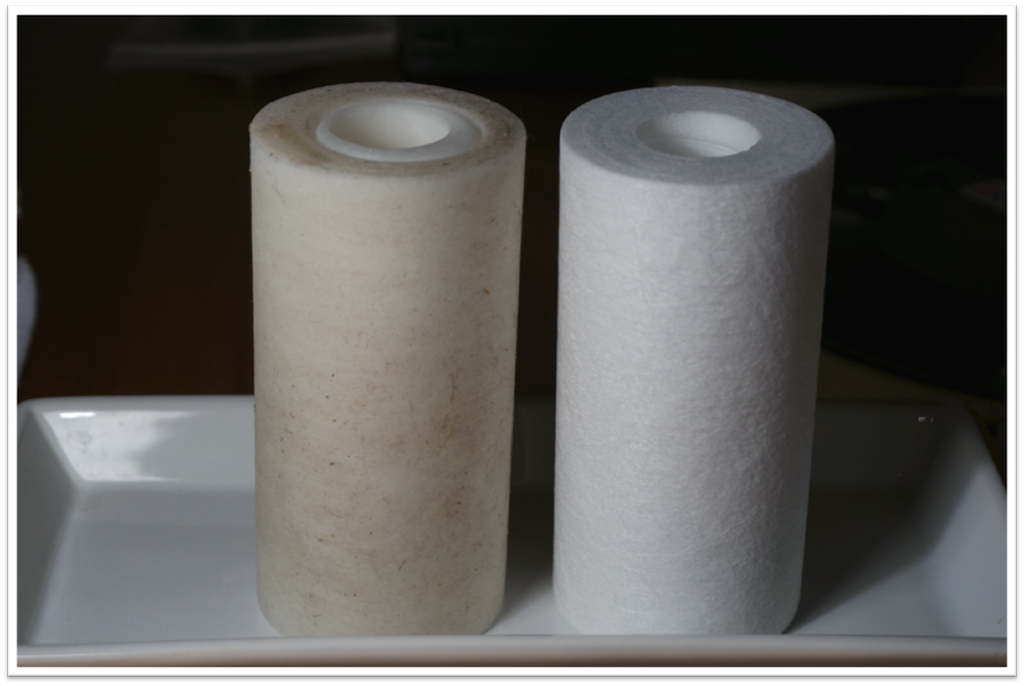Record Cleaning: Tima’s DIY (Ultrasonic) RCM – followup #1
I am very pleased with tima’s DIY RCM thus far. See Tima’s DIY RCM. The USC tank and filter system continue to operate nominally. I’ve settled on a cycle that clean five or six records at a time. That includes: i) warming up the tank water to 34° C (93.2° F) which takes about 40 minutes, ii) running a stack of records through the cleaner for 15 minutes at roughly 60% power, then running for 6 minutes at roughly 80% power, iii) and lastly letting the records air dry.
The Beijing Ultrasonics 10L unit is much quieter than the commercial automated units. I have the rig in the back room anyway – and it requires minimal attendance. The results are excellent both visually and sonically. A few times I found my stylus covered in whitish gunk when playing a cleaned record. That’s probably primeval mold release compound softened by the cleaning but not liquefied or freed from the groove. Such a record gets a second cleaning. I imagined having a utility turntable whose function is limited to running through the groove on each record after it’s cleaned, but that approaches drudgery if not obsession.
After cleaning 84 records, I decided to change the water and filter. That’s based on no more than me thinking: hmmm, maybe I should change the water and the filter. I did see through the filter’s plexiglass container that it looked a bit discolored.
Switching the filter’s water return hose to point at a trash can, I emptied the USC tank using the pump. As the last of the water was draining I added a bit more distilled water to the tank to flush out the remaining used water in the lines.
Time for a POP QUIZ: Below are two glasses, one has the water removed from the USC with filter; the other has brand new NERL reagent grade water. The old water has Isopropyl Alcohol and wetting agent in it; the fresh water has nothing added. Can you tell which is old and which is new?

They’re pretty close. The glass on the Left has the old water, removed from the USC with filter after cleaning 84 records.
Removing the filter from its housing revealed it was dirtier than it looked from the outside.
Here’s the filter after cleaning 84 records (L) versus a brand new filter (R).

The filter is a polypropylene Hydronix SDC-25-0501 NSF Sediment filter, 2.5” OD by 4 7/8” length (about $3.50); 1 micron particle retention.
Having only cleaned a range of what I’d call mildly dirty to new records, I was surprised at the used filter’s appearance. The comparison tells me the filter is working. Going the extra step to include filtering (pump, filter, hoses) in my USC rig was worth it! Seeing this, if I was using a machine without a filter I’d change the water frequently, maybe after, say, ten records. I gauge machines without a filter, such as the KLaudio units as mandating frequent water change. That is one advantage of the point nozzle machines and other ‘flat’ RCMs: although you’ll do multiple rinse steps, you’re always working with clean water.
I’ll install that new filter and fill the tank with fancy NERL reagent grade water. I’d normally use plain distilled water but I have these 5 gallon boxes of NERL left over from my Loricraft cleaning days and they’re taking up space.
Leave a Reply
You must be logged in to post a comment.